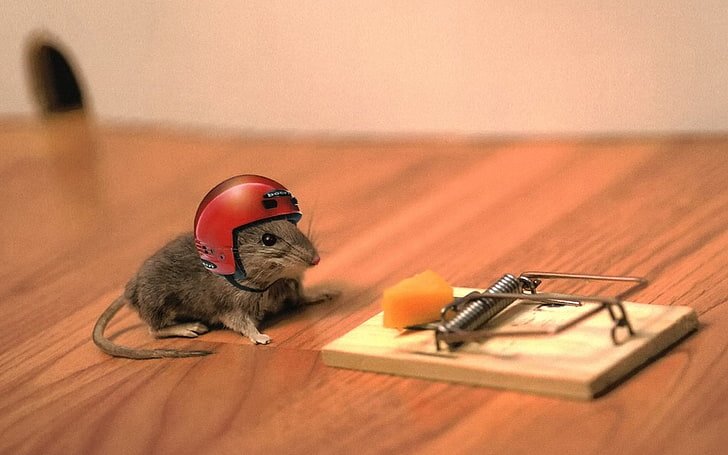Table of Contents
ToggleIntroduction: Rat Control
Not only are rats unsanitary, but they can also spread illness and cause damage to property, making them undesirable guests in any home. It’s critical to take proactive steps for rat control if you’ve seen indications of rat activity in your house or wish to stop an infestation before it begins. We’ll look at practical strategies in this article to protect your house from these intruders.


Identifying Signs of Rat Infestation:
Understanding the warning signs of a rat infestation is essential before implementing any rodent control measures. Typical indications consist of:
1. Droppings: Small, dark pellets called “droppings” are commonly discovered in cabinets, along baseboards, and next to food sources.
2. Gnaw Marks: Rats frequently chew through plastic, wood, and even electrical cables, leaving behind telltale signs.
3. Nesting Materials: Rats frequently construct their nests in concealed locations using shredded paper, fabric, and other soft materials.
4. Strange Noises: Rats may be present if you hear scratching or squeaking sounds coming from your walls or ceiling.
5. Greasiness: As they move through the house, rats leave behind greasy smudges on the baseboards and walls.
After you have an understanding of what to look for, let’s discuss practical rat control strategies.
1. Seal Entry Points:
Since rats may fit through remarkably small gaps, you should seal off any places where they could enter your house. Look for cracks, gaps around vents, pipes, and openings around doors and windows on the outside of your home. To efficiently seal off these access points, use wire mesh, caulk, or steel wool.
2. Keep Food Secure:
Food supplies that are easily accessible tend to draw rats. Food should be kept in sealed metal or sturdy plastic containers. Keep pet food out of the fridge overnight, and clean up spills and crumbs in your kitchen right away. Tight-fitting lids are a must for garbage cans, and they should be kept out of the house.
3. Maintain Cleanliness:
Rats find a clean home less appealing. Clear clutter on a regular basis, especially in places where rats like to nest, such as garages, attics, and basements. Maintain a neat yard by cutting back on plants and getting rid of anything that could give rats a place to hide.
4. Use Traps:
Rats can be successfully caught and removed from your home using traps. There are various kinds of traps available, such as live, glue, and snap traps. Set traps in places such along walls or close to entryways where there is obvious rat activity. Maintain routine trap checks and dispose of trapped rats humanely.
5. Consider Natural Deterrents:
Rats might be turned off by several smells and materials. Rats, for example, don’t appreciate the strong smell of peppermint oil. Place cotton balls that have been soaked in peppermint oil in locations where rats are likely to congregate or enter. Rats can also be kept out of some locations by using ammonia-soaked rags or cayenne pepper powder.
6. Professional Pest Control:
Consider working with a professional pest control provider if you have a serious rat infestation or would rather not tackle the issue yourself. Rats can be safely and efficiently removed from your house by knowledgeable exterminators since they have the necessary knowledge, resources, and tools.

Conclusion:
Since rats are a tenacious pest, control and preventative strategies must be proactive. You can keep rodents out of your house by caulking entry points, blocking off food supplies, keeping your home clean, setting up traps, utilizing natural deterrents, and getting expert assistance when necessary. Remain alert and respond promptly to any indication of a rat infestation to shield your family’s health and welfare and stop additional harm.




